Cultural Exchange and Globalization
Cultural exchange and globalization are significant drivers of the Language Learning Game Market. As societies become more interconnected, the need for cross-cultural communication and understanding intensifies. Language learning games serve as effective tools for fostering cultural awareness and appreciation, allowing learners to explore languages within their cultural contexts. This aspect of language learning is increasingly recognized as vital for personal and professional development. The Language Learning Game Market is likely to benefit from this trend, as games that incorporate cultural elements attract learners who seek a more holistic approach to language acquisition. Furthermore, the rise of social media and online communities facilitates cultural exchange, encouraging users to engage with language games that promote interaction with native speakers. As cultural exchange continues to flourish, the demand for language learning games that emphasize cultural immersion is expected to grow.
Technological Advancements in Gaming
Technological advancements play a pivotal role in shaping the Language Learning Game Market. The proliferation of artificial intelligence and machine learning technologies has enabled the development of more sophisticated language learning games that adapt to individual learning styles and paces. These innovations enhance user experience by providing personalized feedback and tailored content, which can significantly improve language acquisition outcomes. Furthermore, the rise of augmented reality and virtual reality technologies offers immersive experiences that simulate real-life language use, thereby increasing engagement and retention. As these technologies continue to evolve, the Language Learning Game Market is likely to witness a transformation in how languages are taught and learned, attracting a broader audience. The integration of these advanced technologies into language games may also lead to increased investment and interest from educational institutions and private developers alike.
Growing Popularity of Mobile Learning
The Language Learning Game Market is significantly influenced by the growing popularity of mobile learning applications. With the widespread adoption of smartphones and tablets, learners now have unprecedented access to language learning resources at their fingertips. This shift towards mobile platforms has led to a surge in the development of language learning games that cater to on-the-go users. Recent statistics indicate that mobile learning is expected to reach a market size of over 37 billion dollars by 2025, highlighting the lucrative opportunities within this sector. Language learning games, designed for mobile devices, offer flexibility and convenience, allowing users to engage with language content anytime and anywhere. This trend not only enhances accessibility but also encourages consistent practice, which is crucial for language retention. As mobile learning continues to gain traction, the Language Learning Game Market is likely to expand, attracting a diverse range of learners.
Increased Demand for Language Proficiency
The Language Learning Game Market experiences a notable surge in demand for language proficiency as individuals seek to enhance their communication skills in an increasingly interconnected world. This trend is driven by the necessity for multilingual capabilities in professional settings, where employers often prioritize candidates with language skills. According to recent data, approximately 75% of employers consider language proficiency a valuable asset. Consequently, the Language Learning Game Market is poised to benefit from this growing emphasis on language acquisition, as games provide an engaging and interactive medium for learners. The integration of language games into educational curricula further supports this trend, as educators recognize the effectiveness of gamified learning in improving retention and engagement. As a result, the market is likely to expand, catering to diverse demographics eager to learn new languages.
Increased Focus on Gamification in Education
The Language Learning Game Market is witnessing an increased focus on gamification in education, as educators and institutions recognize the benefits of incorporating game-based learning into their curricula. Gamification enhances motivation and engagement among learners, making the process of language acquisition more enjoyable and effective. Research indicates that students who engage with gamified learning experiences demonstrate higher retention rates and improved performance compared to traditional learning methods. This trend is particularly relevant in language education, where interactive and immersive experiences can facilitate better understanding and usage of new languages. As educational institutions increasingly adopt gamified approaches, the Language Learning Game Market is likely to see a rise in demand for innovative language games that align with educational standards and learning objectives. This shift not only benefits learners but also positions language games as essential tools in modern education.


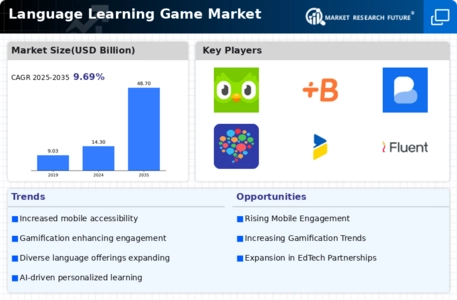
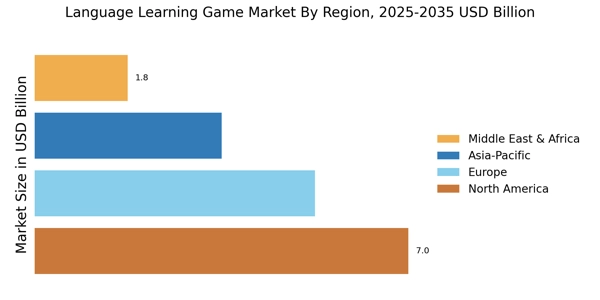
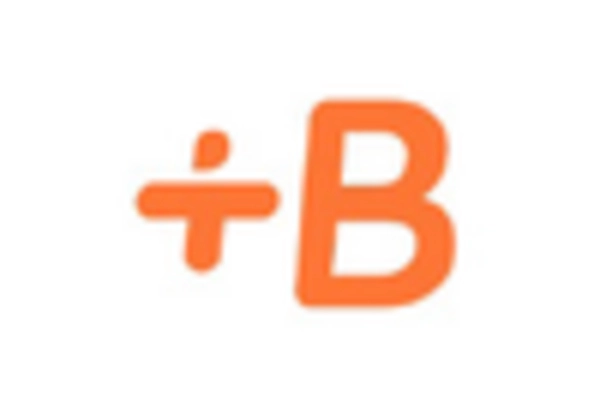
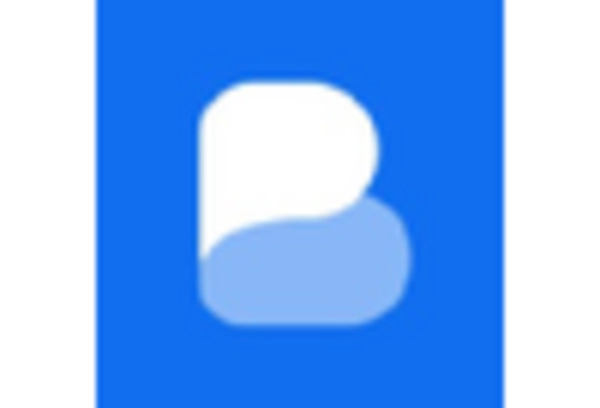
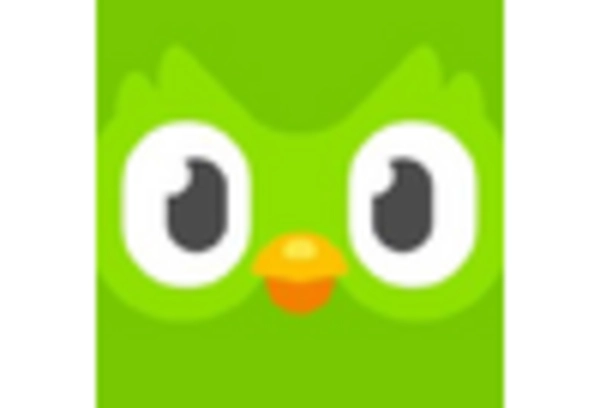
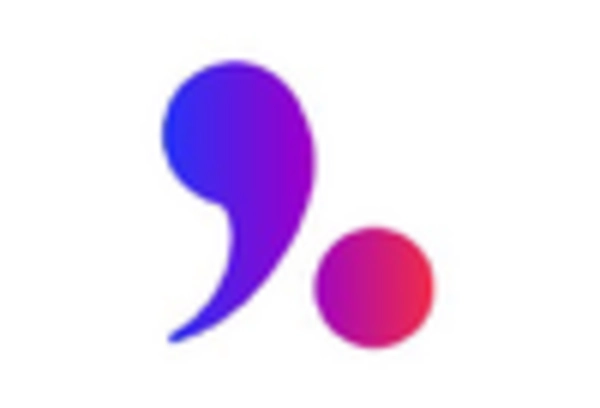
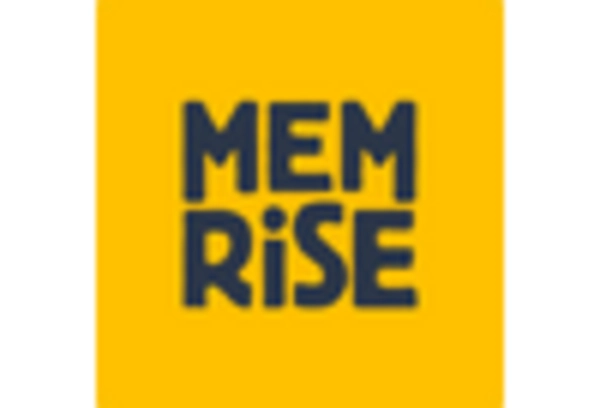
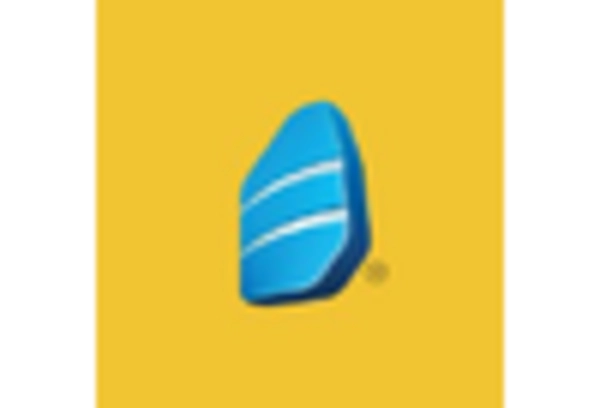








Leave a Comment